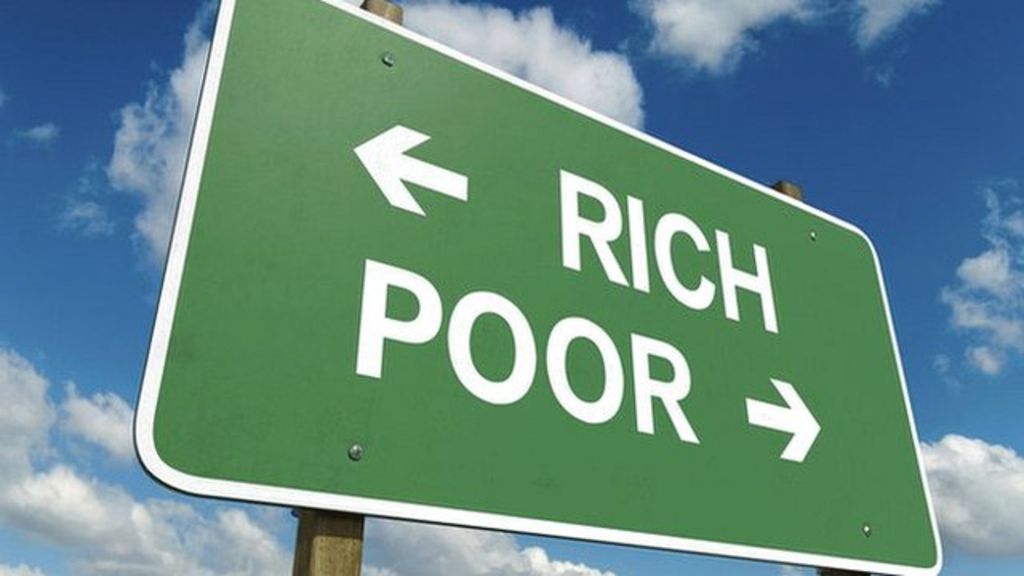Wealth gap increases
January 22, 2018 | Expert Insights

The international charitable organization, Oxfam, has revealed that 42 people in the world boast as much wealth as the 3.7 billion who make up the poorest half of the world’s population. The organization noted the gap between the world’s wealthiest and the world’s poorest further widened in 2017.
Background
Wealth is usually not used for daily expenditures or factored into household budgets but combined with income it comprises the family's total opportunity to secure a desired stature and standard of living, or pass their class status along to one's children. It provides for both short- and long-term financial security, bestows social prestige, and contributes to political power, and can be used to produce more wealth. Hence, wealth possesses a psychological element that awards people the feeling of agency, or the ability to act. Wealth inequality is the unequal distribution of assets among the citizens of the world
A study in 2017 revealed that the world’s richest 1% own half the world’s wealth. It also highlighted the growing gap between the super-rich and everyone else. The world’s richest people have seen their share of the globe’s total wealth increase from 42.5% at the height of the 2008 financial crisis to 50.1% in 2017, or $140tn (£106tn), according to Credit Suisse’s global wealth report published on Tuesday.
“The share of the top 1% has been on an upward path ever since [the crisis], passing the 2000 level in 2013 and achieving new peaks every year thereafter,” the annual report said. The report said “global wealth inequality has certainly been high and rising in the post-crisis period”.
Oxfam is an international confederation of charitable organizations focused on the alleviation of global poverty. Oxfam's programmes address the structural causes of poverty and related injustice and work primarily through local accountable organizations, seeking to enhance their effectiveness.
Analysis
In its latest report, Oxfam has stated that 42 people in the world boast as much wealth as the 3.7 billion who make up the poorest half of the world’s population. According to the non-profit organization, the gap between the world’s wealthiest and the world’s poorest further widened in 2017.
The report also revealed that billionaires had been created at a record rate of one every two days over the span of 2017. It added that 82% of the global wealth generated in 2017 went to the most wealthy 1%.
Mark Goldring, Oxfam GB chief executive, said: “The concentration of extreme wealth at the top is not a sign of a thriving economy, but a symptom of a system that is failing the millions of hardworking people on poverty wages who make our clothes and grow our food.”
He also spoke about how poverty should be addressed by stating, “For work to be a genuine route out of poverty we need to ensure that ordinary workers receive a living wage and can insist on decent conditions, and that women are not discriminated against. If that means less for the already wealthy then that is a price that we – and they – should be willing to pay.”
Oxfam releases the wealth gap report every year. Last year the organization stated that the world's eight richest individuals had as much wealth as the poorest half of the world. The report was released during a period when the World Economic Forum is being held in Davos. The conference has long been criticized as being a congregation of the ultra wealthy from across the world.
Assessment
Our assessment is that such reports are difficult to generate as it is difficult to discern and calculate the absolute wealth of the ultra rich and the poor. However, governments should aggressively introduce measures that specifically address alleviating the wealth gap. Economic measures that target GDP growth may not be enough. This issue is especially relevant in the Indian context. The nation’s richest 10 per cent holds 370 times the share of wealth that it’s poorest hold. This must be addressed.








Comments